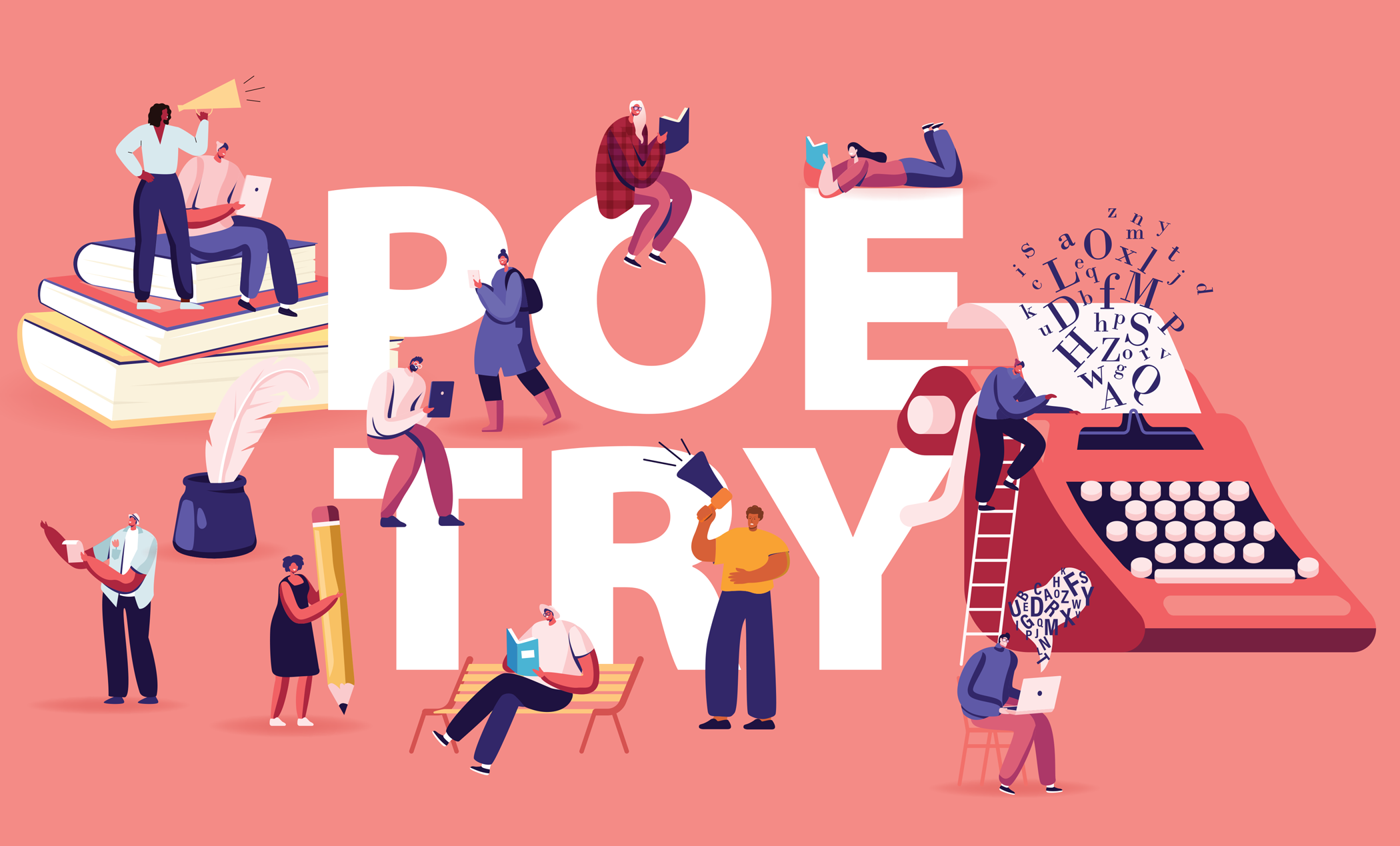
iStock


GRADE LEVEL: Middle School, High School
COMMON CORE STANDARDS: Reading, Writing, Speaking and Listening, Language
SEL STANDARDS*: Social Awareness, Relationship Skills, Responsible Decision-Making
Throughout our nation’s history, poetry and song have been used to express thoughts and feelings about injustice and to envision a world where freedom, fairness and justice are universal for all.
During President Joe Biden and Vice President Kamala Harris’ inauguration on January 20, 2021, Amanda Gorman, the youngest inaugural poet at age 22 to present at a Presidential inauguration, reminded America what poetry can do. Amanda Gorman was raised in Los Angeles, where her mother teaches middle school. When she was 16, she was named the Youth Poet Laureate of Los Angeles and years later while in college, she became the National Youth Poet Laureate, becoming the first person to hold the position.
As students consider issues of fairness, bias, discrimination and justice, poetry is a chance for them to articulate their feelings and share them with others.
This lesson provides an opportunity for middle school students to explore poetry and song about injustice, reflect on what social justice issues are important to them and write their own poems about social justice, using a variety of formats and finding creative ways to share their poetry with others.
Learning Objectives:
Use our Sutori version of this lesson for direct student learning.